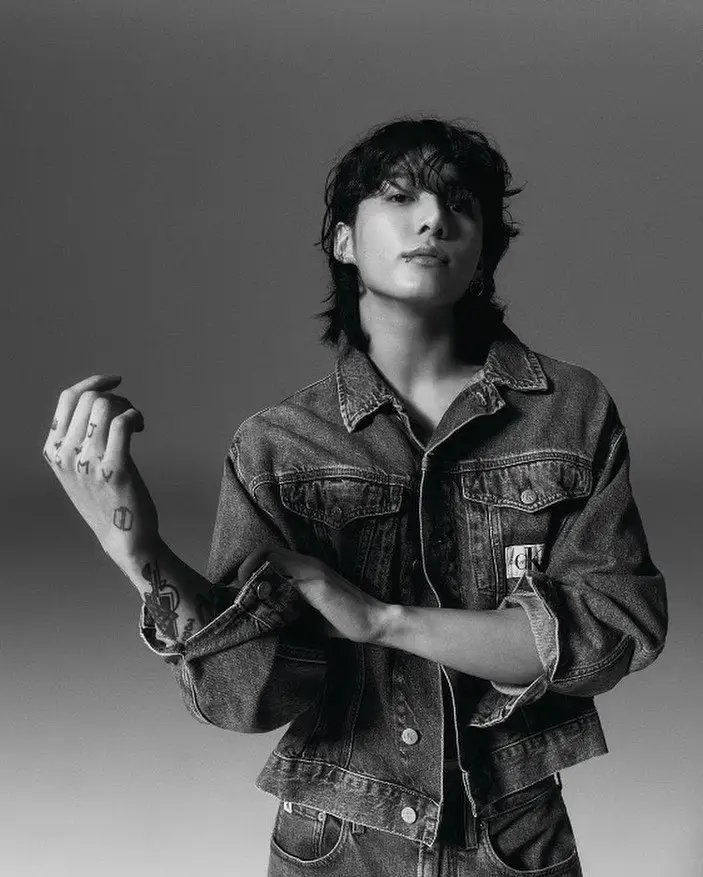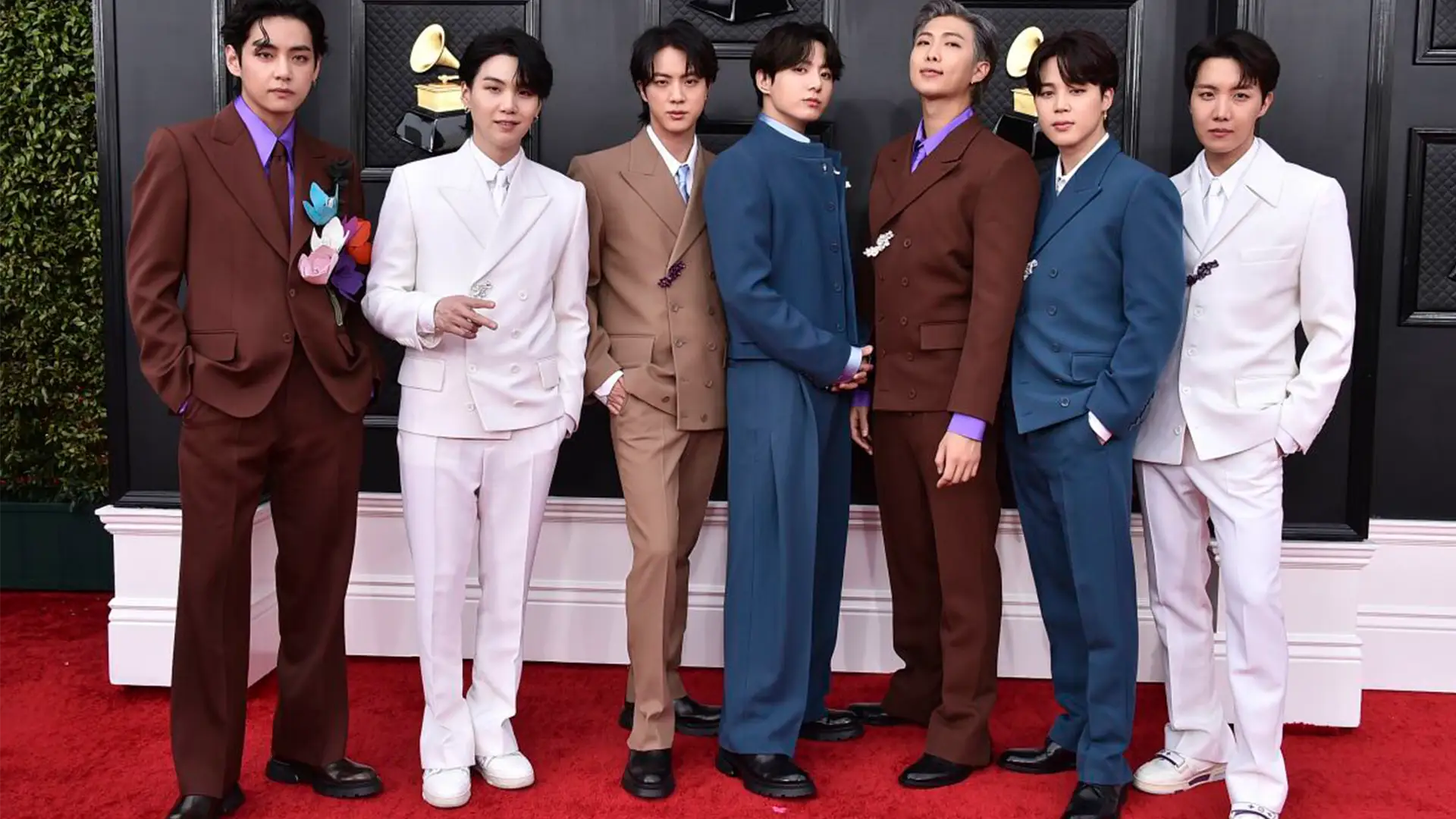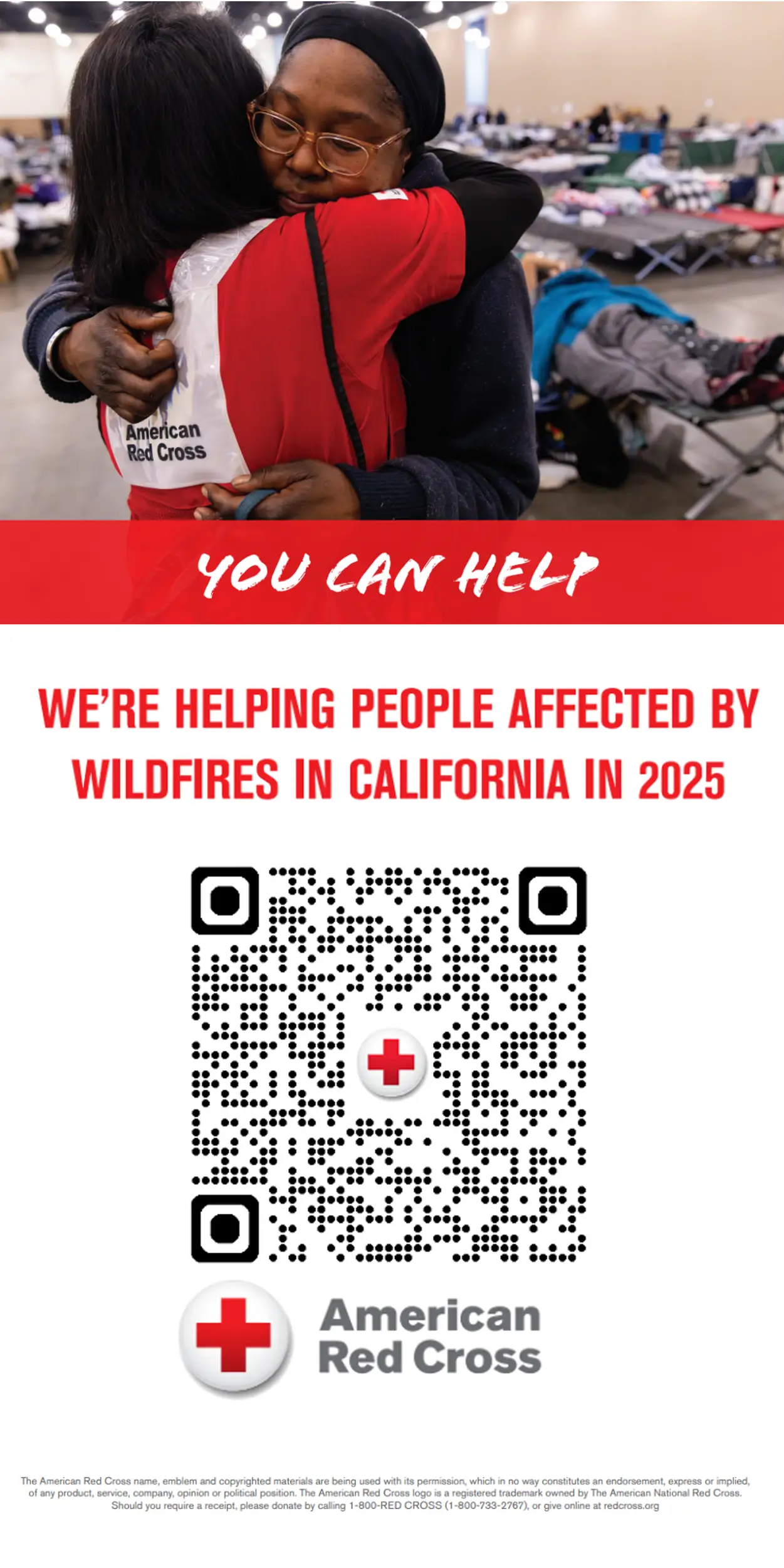There’s something very unique about K-pop and how, during the pandemic, it invaded our homes and music playlists like a virus (get it?).
K-pop is short for Korean popular music, including styles and genres such as pop, hip-hop, R&B, rock, jazz, gospel, and many others. However, modern K-pop didn’t just rise from nothing. In the 1990s, K-pop “idol” culture grew into the mainstream, expanding into Japan. With the introduction of the Internet and South Korean TV Shows, idols were now seen worldwide.
K-pop continued growing through the 2000s and 2010s, but it wasn’t until 2020 that it experienced its most significant growth in popularity. When the International Federation of the Phonographic Industry released its Global Music Report of 2019, BTS was listed as number 7 in their list of the Top Recording Artists of 2019, just below Ariana Grande, and their album “Map of the Soul: Persona” held third place at the IFPI’s Global Top 10 Albums of 2019. And this is just the beginning of something not many could’ve predicted would unfold this way.
Stans being loud on the internet.
2020 was a strange year. Everyone had too much time on their hands, and the only way we could stay connected to one another was through the Internet. K-pop fandoms have a very particular way of spreading the word: they need to ensure everyone knows about their favorite K-pop groups. Their weapons of choice were:
- Fancams: videos where the focus is one specific member of a K-pop group, generally recorded at their concerts but can also be idols in other contexts.
- Memes.
- Creating fan accounts dedicated to their idols.
jeon jungkook bts calvin klein fc fancam edit keep their heads ringin dr. dre pic.twitter.com/pZaDLL2Dm0
— 📁 (@jkaybff) April 4, 2023
One of the best examples is the “Stan LOONA” wave that took over the Internet for a while. LOONA is (was?) a K-pop musical group that debuted in 2018 and had eleven (yes, eleven) members. Apparently, this is pretty common in K-pop groups. The phrase “Stan LOONA” was everywhere; even Elon Musk was in on the joke. Under any tweet related to LOONA or not, dozens of accounts with LOONA profile pictures tweeted fancams and memes.
thinking about gabriels horn (named after the horn archangel gabriel will use on judgement day. It has infinite surface area and finite volume. It can be created by integrating the line y=1/x from 1 to infinity, then rotating that shape about the x-axis.) stan loona pic.twitter.com/Z8U0X03Ose
— 🌸 seven (coconut girl) 🌸 (@KnuckleheadBets) December 29, 2020
⚡️Loona⚡️
— Elon Musk (@elonmusk) July 4, 2018
Breaking into the western market.
BTS released Dynamite’s official music video on August 20th, 2020; with it, the K-invasion began. This upbeat, fun, and colorful song captivated Western fans and broke several records. It became the first No. 1 hit by a South Korean musical act on the Billboard Hot 100 list; before that, only Psy’s Gangnam Style could compare, and still, Gangnam Style peaked at No. 2. BTS also became the 5th non-soloist to debut at No. 1. It continued to make history when it spent 32 weeks on the Hot 100, with is the most time any song by a South Korean musical act has spent in the list. Today, the music video has over 1.6 billion views on YouTube.
Carefully curated idols
It’s no secret that South Korean entertainment companies manufacture some of the biggest K-pop groups. BTS has Big Hit, Blackpink has YG Entertainment and TWICE has JYP Entertainment. These companies have made it their mission to spread the K-pop message. They will create endless content to keep fans locked, catering to every bias out there. There are even TV shows dedicated to creating K-pop groups; the biggest examples right now are TWICE and ENHYPEN.
Everywhere from styling, choreographies, and lyrics to their social media presence, is carefully curated by a team of experts. This is very different from how American pop stars are marketed, mainly because of the cultural differences. This is a very controversial subject, though, because the stress that the idols face is sometimes too much, and it is not uncommon, although unfortunate, that idols crack at this pressure and stress, most recently Moonbin from the K-pop boy band ASTRO, who sadly took his own life last April at 25 years old. Cyberbullying has also affected idols’ mental health, like the case of Choi Jin-ri, AKA Sulli, in 2019.
Idol and fans’ relationships

If we’re talking about the relationship between idols and their fans, we need first to define what having a bias is. Having a bias is basically like having a crush; your bias is your favorite group member. Jungkook is one of the most loved members of BTS, who many consider their main bias.
This phenomenon is also common in the United States but is less intense. K-pop idols have less private lives (due to their public image being controlled by their management more thoroughly). One perfect example of what could be an antecedent to bias culture is the One Direction fandom.
Everyone remembers that Directioners were capable of doing anything for an ounce of attention from any one of the infamous British band, and this type of obsession towards artists can be dated even back to the Beatles days. It’s only changed its name and reach. Nowadays, the Internet has facilitated access to the idols’ lives, and it can get scary. We must remember these are real people. Stalking, doxing, and creeping into the more personal aspects of a famous person’s life is not correct, ever.
Final Thoughts
Before writing this article, I had a basic understanding of what K-pop really is and how it became what it is today, and I’m impressed. It is truly taking over society; everyone and their mothers are stans, and those who aren’t, know someone who is. The Korean Wave (or Hallyu) is here, and we’re here for it. Exploring other cultures is always fun and exciting, even if it’s from the other side of the world.








































Leave a Reply